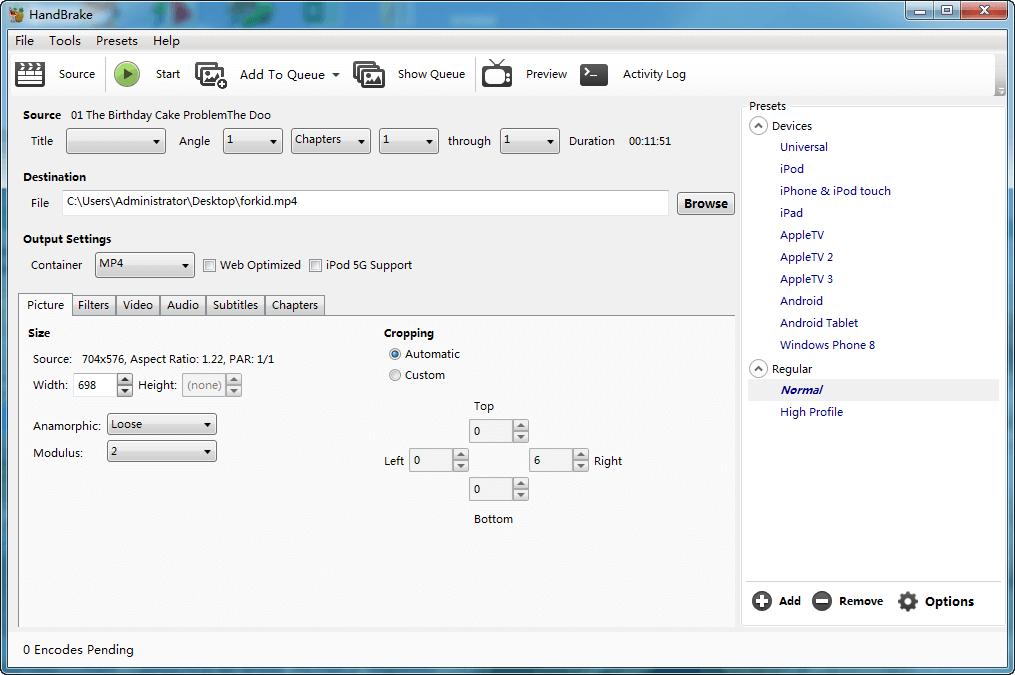

To make sure your video doesn’t exceed a specific level, you simply have to make sure the other parameters fit within the constraints imposed by the level. HandBrake’s encoders, set the appropriate level automatically based on all the other settings.

The video’s specifications exceed that level’s constraints, the decoder won’t beĪble to decode the video properly (it may simply refuse to play the file).
#Handbrake review hvec software
Most devices (and sometimes, software decoders) support a “maximum” level. The following wikipedia articles lists the relevant information for each level. The levels are another form of constraints that define things like maximum bitrates, framerates and resolution etc. It simply prevents options being used that would breach that profile constraint. Note that setting a profile does not mean your encoded file will end up being that profile. Typically, devices will advertise that they are compatible for a particular profile and level, so you can simply set the option that matches your device for the best chance of compatibility. Setting a profile, constrains the encode to using settings that are allowed for that profile level. The higher the complexity, the more CPU power is needed to encode/decode.

You can think of the profile as the level of complexity required in encode / decode. Profiles and Levels Video Profilesĭefine the features / capabilities that the encoder can use. This article is a draft and may contain incomplete or incorrect information.ĭieser Artikel ist ein Entwurf und enthält möglicherweise unvollständige oder falsche Information.

#Handbrake review hvec how to
Opening a video source How to get your videos into HandBrake.Checking for updates Staying up to date with the latest features and bug fixes.Downloading and installing HandBrake How to get HandBrake onto your computer.Where to get HandBrake The officially supported version.About HandBrake What HandBrake is, does, and does not.Quick start Learn how to make your first video in minutes.


 0 kommentar(er)
0 kommentar(er)
